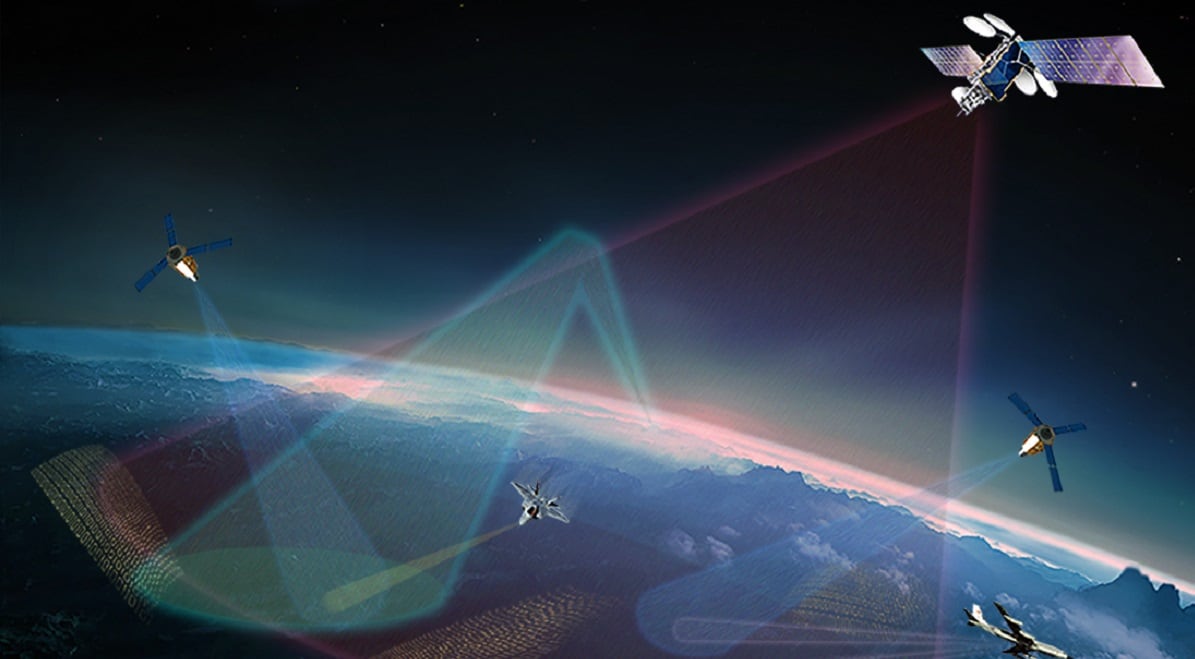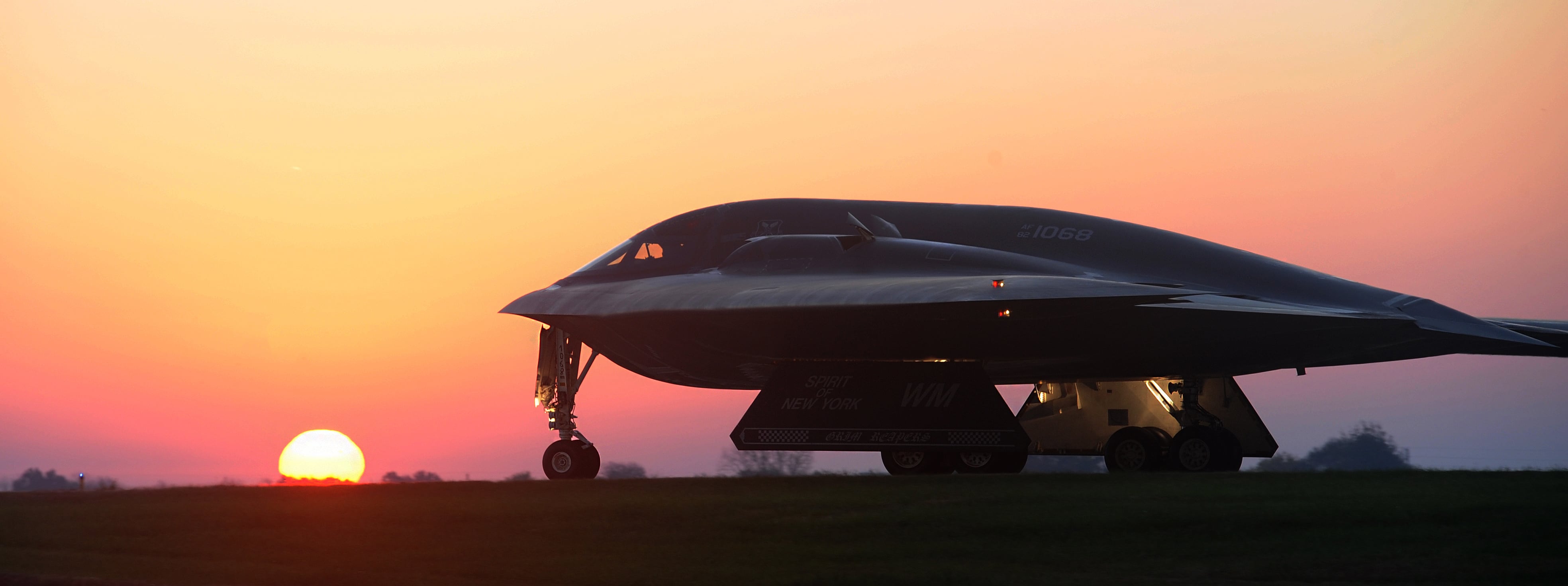The Air Force is not using the 386-squadron goal as a negotiating ploy, asking for more than it needs, then bartering downward with lawmakers to get more than it has now, according to Air Force Chief of Staff Gen. Dave Goldfein.
The service is asking to grow its operational squadrons by 25 percent because that’s the “right force mix that we need” based on thousands of iterations of war-gaming analysis, Goldfein said at a Brookings Institution event Tuesday.
“When we ended the Cold War, and a few years later went to war against a rogue nation in Iraq to take them out of Kuwait, we had 401 operational squadrons across the total U.S. Air Force," Goldfein said. “We had 134 fighter squadrons, from which we deployed 34 forward to fight Desert Storm. We had about 980,000 airmen [who] made up the active duty, Guard and Reserve — just shy of a million.”
“Compare that to what we’re asking for," Goldfein said, noting the priorities of the 2018 National Defense Strategy: countering a resurgent Russia and a rising China, while still maintaining the fight against violent extremist organizations.
For that reason, the service announced at the Air Force Association’s annual Air, Space and Cyber conference in September that it wants to increase the 312 operational squadrons it has today to 386 squadrons by 2030.
“The analysis says what every airmen already knows,” Air Force Secretary Heather Wilson said this fall. “The Air Force is too small for what the nation is asking us to do."
The growth plan will focus on long-range aviation, Goldfein said Tuesday. That includes tankers, surveillance aircraft and command and control planes.
RELATED

Those new assets, the chief said, will help meet the five priorities that currently stretch his service too thin: defend the homeland, field a safe and secure nuclear deterrent, defeat a peer adversary, deter a rogue nation and maintain campaign momentum.
The number wouldn’t necessarily allow the Air Force to fight two peers at once, or even one peer and one rogue nation. It would, however, allow the U.S. to deter a rogue state like North Korea, while fighting and winning against a peer military like China, according to Goldfein.
“It’s not gold-plated,” he said.
Many war gaming iterations have been conducted to reach the 386 number that Air Force leaders will present to Congress in the next few weeks. Although the assessment is largely classified, it includes force requirements from the various combatant commanders’ campaign plans, combined with the latest estimates from the entire U.S. intelligence community on what adversary capabilities are expected to look like between 2025 and 2030.

“Based on that being the snap of the chalk line, we then ran about 3,000 iterations of different force elements to produce what we are now submitting as the Air Force required and the Air Force we need to close on campaign objectives to a moderate level of risk," Goldfein said.
That was as much as could be said in an unclassified setting, he added. Legislators will get a full understanding of what a “moderate level of risk” entails in the coming weeks.
“When we roll this out, we’re going to be doing this in closed hearings with Congress so they can see the fidelity of the analysis going forward," Goldfein said.
The funding the Air Force is seeking marks just the beginning of long-term strategic competition with China and Russia, service leaders have long said.
Kyle Rempfer was an editor and reporter who has covered combat operations, criminal cases, foreign military assistance and training accidents. Before entering journalism, Kyle served in U.S. Air Force Special Tactics and deployed in 2014 to Paktika Province, Afghanistan, and Baghdad, Iraq.





